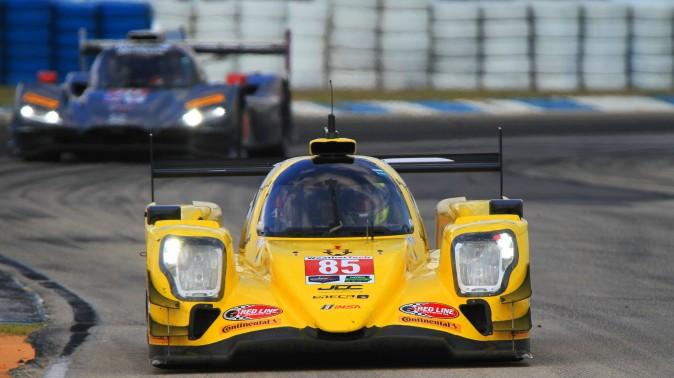SEBRING, Fla.—The 2017 IMSA Sebring Winter Test is over. For two days three dozen of the world’s fastest sports cars bounced and blasted around Sebring Raceway’s 3.74 miles of cracked concrete runways and asphalt patches, laying down lap times which the IMSA management will use determine Balance of Performance for the rest of the season (hopefully.)
Thirty-four cars were entered for the two-day, four-session event, Thursday and Friday, Feb. 23–24. Except for a bit of dampness in session one, conditions were perfect: warm, mostly sunny, and most important, stable, so that teams could adjust their cars to seek performance instead of trying to adjust to changing track conditions.
The results are in. Now it is time for IMSA management to pore over the data and determine the final performance adjustments to make for the field of the WeatherTech Sportscar Championship for its next big event, The Mobil 1 Sebring Twelve Hours on March 18.






